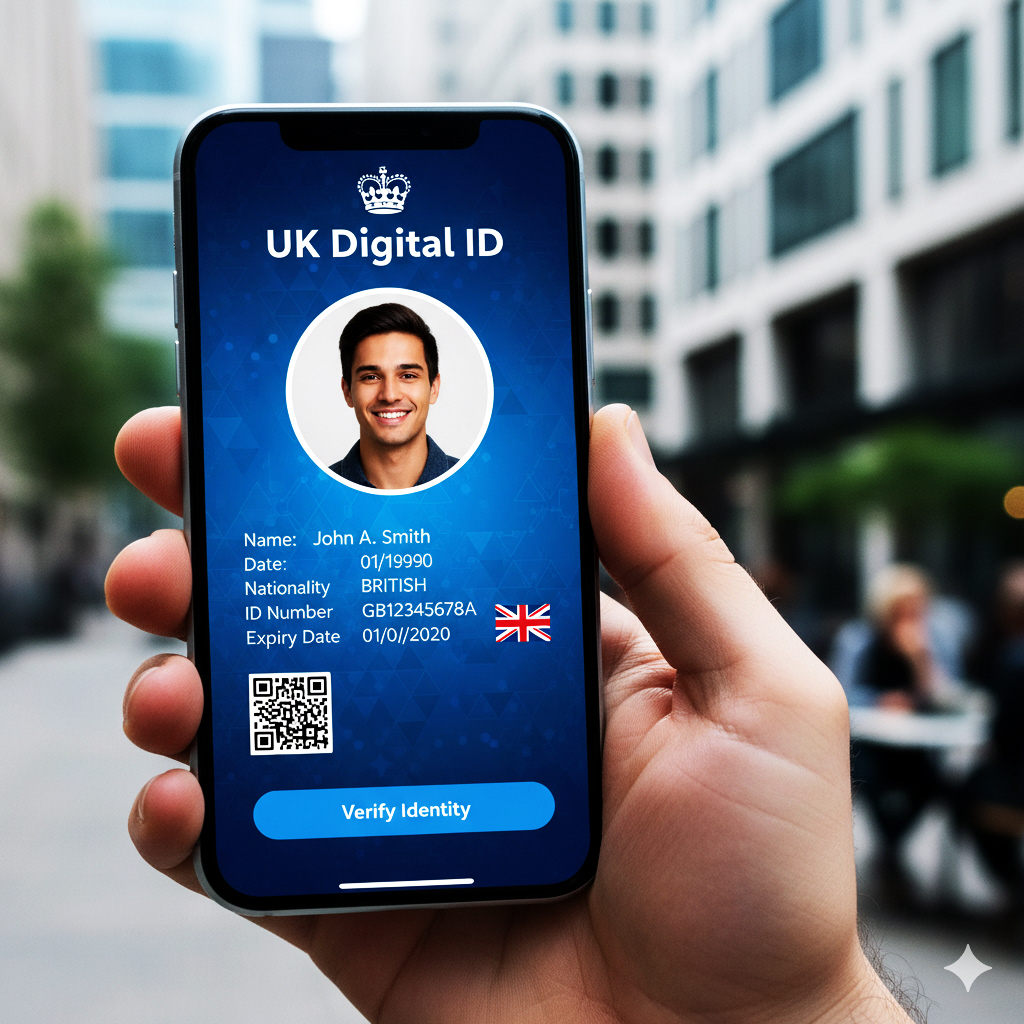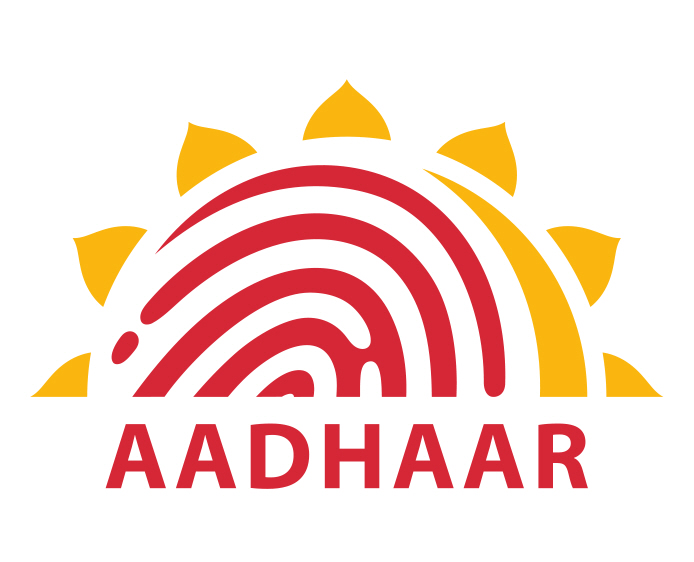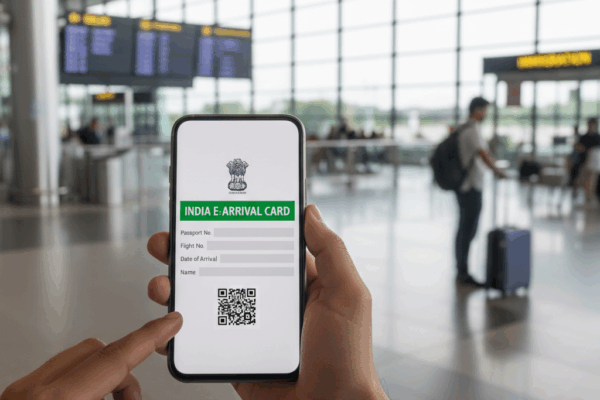
Aadhaar’s success offers both inspiration and warnings for Britain
The UK government has announced plans to introduce a national digital identity system by 2029, sparking debate about privacy, security, and inclusion.
Known as the “BritCard,” the proposed ID will be available through a digital wallet app on smartphones, with physical alternatives promised for those unable to use mobile technology. Unlike India’s Aadhaar, which was primarily designed for government services and welfare delivery, BritCard is expected to be mainly used by private companies for identity verification, such as banks, telecom providers, and other businesses.
According to the government website gov.uk, the initiative forms part of the UK Digital Identity and Attributes Trust Framework, which aims to make digital identity more trustworthy and secure.

Aadhaar as a model of scale, efficiency and innovation
India’s Aadhaar programme, launched in 2009, is the world’s largest digital identity system. Managed by the Unique Identification Authority of India (UIDAI), Aadhaar assigns every resident a 12-digit number linked to biometric and demographic data.
Aadhaar is widely hailed as a landmark achievement in digital governance. It enabled millions of Indians without formal ID to access banking, SIM cards, and government benefits, while also reducing duplication and fraud.
Crucially, Aadhaar became the backbone of India’s digital economy—powering mobile banking, e-commerce, and one of the fastest-growing digital payments networks in the world. With more than 1.3 billion people enrolled, it stands as the largest digital ID programme in history.
Aadhaar: The Other Side of the Story
However, Aadhaar has not been without challenges.
-
Privacy risks: Centralised biometric databases raised surveillance concerns.
-
Data breaches: Security lapses undermined public trust.
-
Exclusion: Biometric mismatches left vulnerable citizens without food rations or pensions.
-
Legal battles: In 2018, the Indian Supreme Court upheld Aadhaar’s validity but restricted its use, ruling that while linking Aadhaar to welfare and taxation was lawful, private companies could not make it mandatory. This decision was widely reported in Indian media, including LiveMint.
What the UK Can Learn
Drawing on Aadhaar’s successes and setbacks, experts suggest the UK should:
-
Embed privacy by design – minimise central data storage and use strong encryption.
-
Prevent exclusion – guarantee non-digital alternatives for the elderly, disabled, and digitally excluded.
-
Legislate safeguards – create transparent rules, oversight, and redress mechanisms.
-
Avoid scope creep – limit expansion of uses without parliamentary approval.
-
Build public trust – clearly explain how citizens’ data will, and will not, be used, particularly in the private sector context.
Conclusion
While BritCard could deliver convenience for private companies and consumers, it differs from Aadhaar in scope and purpose. Unlike India’s Aadhaar, which primarily served government services and welfare, BritCard focuses on private sector verification, making privacy, security, and trust even more critical. Britain must balance innovation with protection of citizens’ rights to avoid repeating some of Aadhaar’s challenges.
“An enormous hacking target”
The Guardian reported that critics fear the new system could become “an enormous hacking target” if strong safeguards are not in place.







Leave a Reply